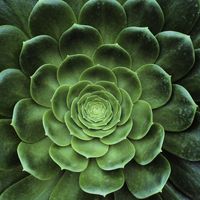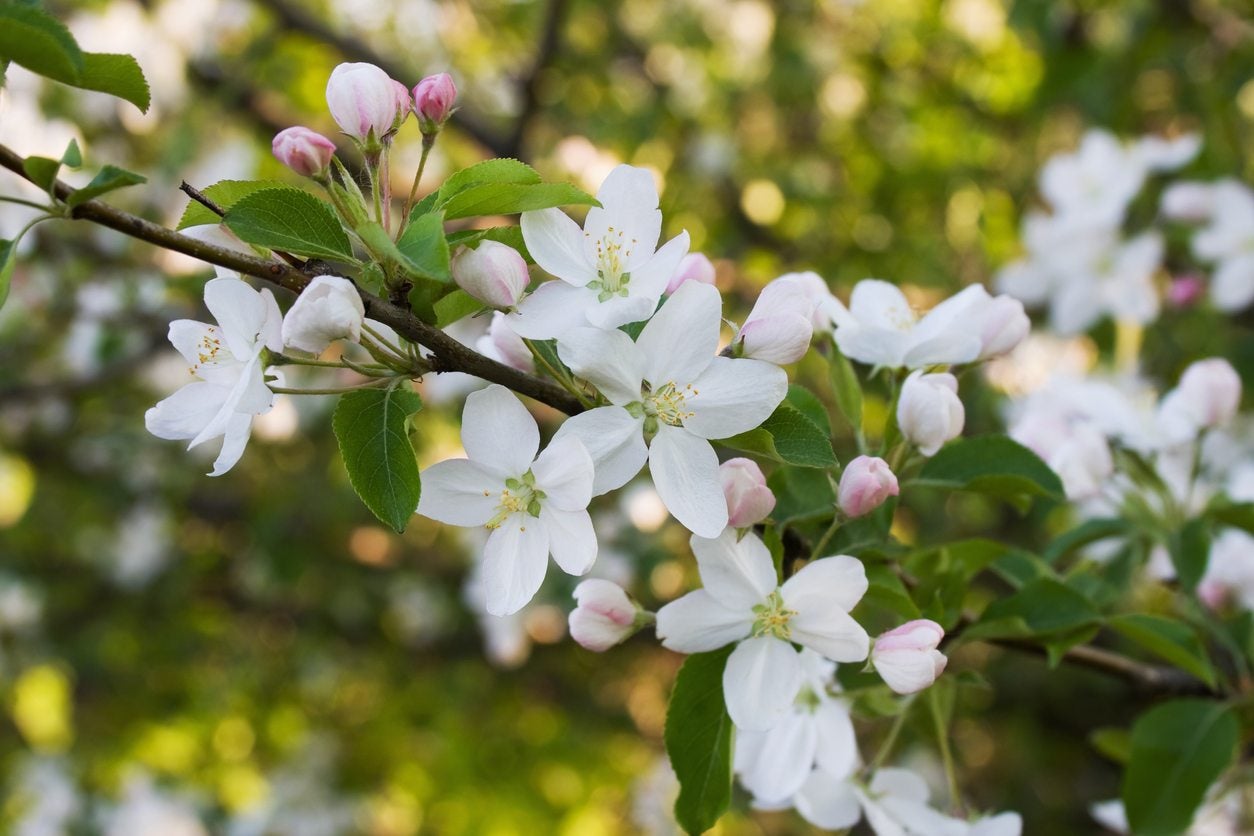Crabapple Not Blooming – Learn Why A Flowering Crabapple Has No Flowers


Help, my crabapple isn’t flowering! Crabapple trees put on a real show in springtime with dense masses of blossoms in shades ranging from pure white to pink or rosy red. When a flowering crabapple has no flowers, it can be a huge disappointment. There are several possible reasons for a crabapple not blooming, some simple and some more involved. Read on for tips on troubleshooting flowering crabapple problems.
Reasons for No Flowers on Crabapple Trees
Age: When a young crabapple isn’t flowering, it may be because the tree still needs a few more years to grow and mature. On the other hand, an old tree may be past its best blooming years. Feeding: Although crabapple trees don’t need a lot of fertilizer, they benefit from one light feeding every spring during the first four or five years. Sprinkle a time-release fertilizer on the ground under the tree, out to about 18 inches (46 cm.) past the dripline. Mature trees require no fertilizer, but 2 to 4 inches (5-10 cm.) of layered organic mulch will return nutrients to the soil. Weather: Crabapple trees can be fickle when it comes to the weather. For example, a dry autumn may result in no flowers on crabapple trees the following spring. Similarly, crabapple trees require a chilling period, so an unseasonably warm winter may create flowering crabapple problems. Erratic weather may also be to blame when one tree blooms and a neighboring tree in the same yard doesn’t, or when a tree displays only a few half-hearted flowers. Sunlight: Crabapple trees require full sunlight, and a too shady location may be the culprit when a crabapple isn’t flowering. Although crabapples don’t require heavy pruning, proper pruning in spring can ensure sunlight reaches all parts of the tree. Disease: Apple scab is a common fungal disease that affects leaves when they emerge in spring, particularly when conditions are moist. Replace the tree with a disease-resistant cultivar or try treating the affected tree with a fungicide at leaf emergence, followed by treatments two and four weeks later.
Sign up for the Gardening Know How newsletter today and receive a free copy of our e-book "How to Grow Delicious Tomatoes".

A Credentialed Garden Writer, Mary H. Dyer was with Gardening Know How in the very beginning, publishing articles as early as 2007.